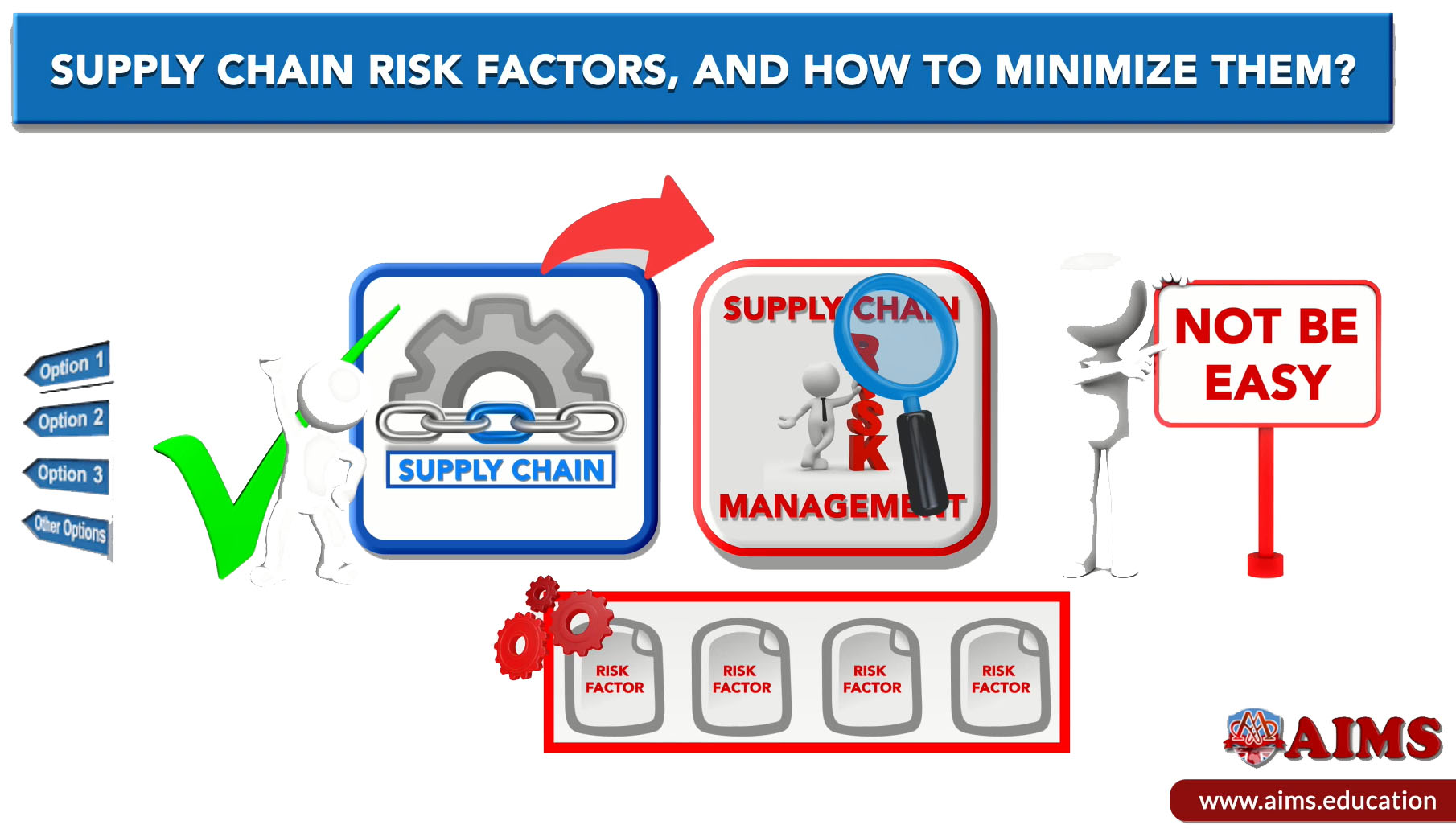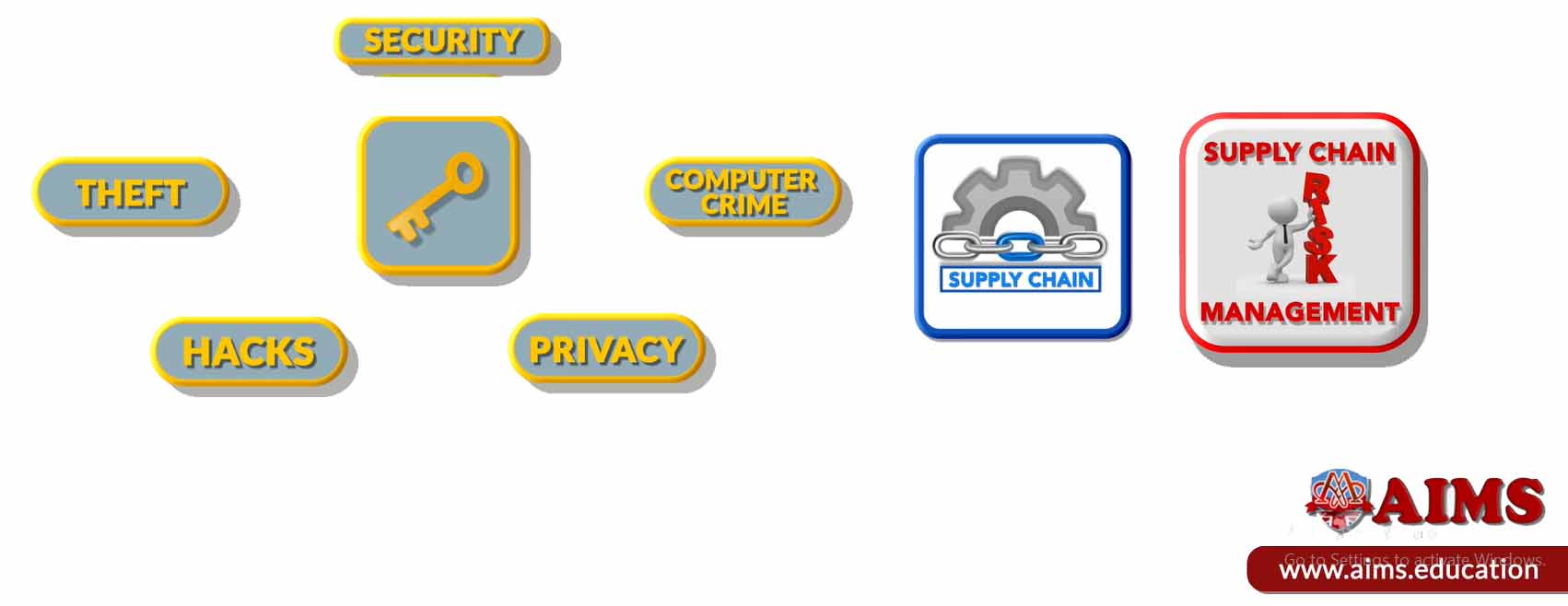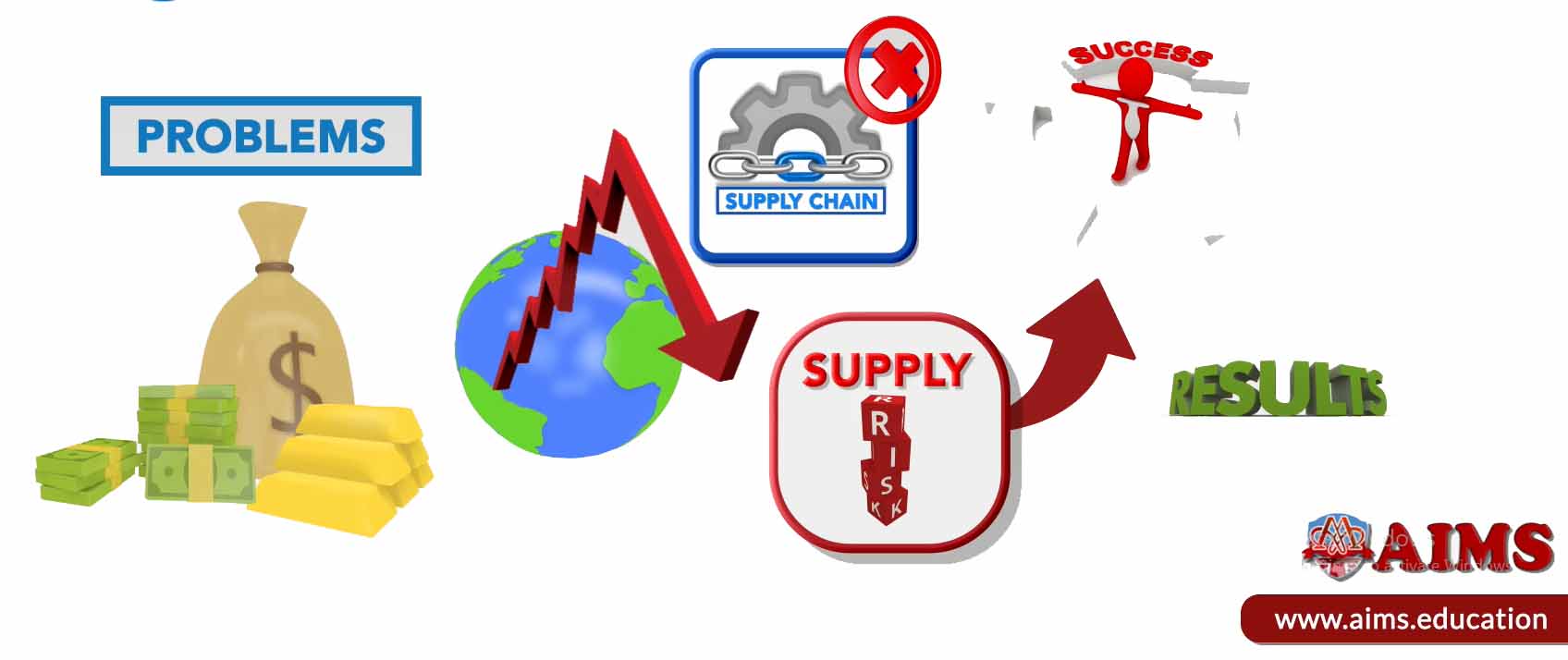Supply Chain Risk:
Supply chain risk management is a process that identifies and minimizes the impacts of supply chain risks. This can include identifying potential problems early, ensuring effective communication between partners, and mitigating any issues that arise. By managing these risks, businesses can ensure that their supply chains operate smoothly and efficiently. If you manage a supply chain, you need to do all in your power to get the very best SCRM options at your disposal. It will not be easy to do that, and this is why you have to first assess and analyze supply chain risks, identify the supply chain risk factors, and finally deal with them to the best of your capabilities.

Supply Chain Risk Analysis:
The supply chain risk analysis is a process of analyzing and evaluating the potential risks that are associated with the supply chain. The goal of the supply chain risk analysis is to identify any potential risks that may arise in the supply chain and to mitigate or eliminate these risks as much as possible.
1. Identify Sources of Risk:
One of the most important aspects of the supply chain risk analysis is identifying the sources of risk. This includes identifying any potential problems that could arise in the source and evaluating how likely they are to happen.
EXAMPLE:
If there is a shortage of raw materials, it would be important to identify why this might be happening and what actions could be taken to mitigate this risk.
2. Understand How Supply Chain Works?
Another important aspect of the supply chain risk analysis is understanding how each part of the supply chain works together. This includes understanding how each supplier performs and how their performance can affect other parts of the supply chain.
EXAMPLE:
If one supplier has a problem with quality control, it could lead to delays for other suppliers that rely on them for supplies.
Finally, it is important to understand how the supply chain affects other areas such as operations and marketing. By understanding how these areas work together, it will be easier to predict how changes in one area will affect these areas.
This lecture is a part of supply chain management courses and mba supply chain management online programs, which are offered by AIMS through a self paced iteractive learning system!

Supply Chain Risk Assessment:
Supply chain risk assessment is a process that involves analyzing the risks and impacts of a supply chain in order to improve the efficiency and effectiveness of the operation. By identifying the potential threats, you can take steps to mitigate those risks and reduce your overall costs.
There are two main types of supply chain risk:
- Operational Risk, and,
- Financial Risk.
1. Operational Risk:
It refers to the risks associated with your day-to-day operations, including theft, product damage, and inventory issues.
2. Financial Risk:
It refers to the risks associated with your finances, such as money owed to suppliers or unpaid taxes.

Supply chain risk assessment involves reviewing your current processes and identifying any potential threats. You can then take steps to mitigate those risks and reduce your overall costs.
Key Note!
Risk Management in the Supply Chain – 7 Key Factors:
There are many types of risk that businesses can encounter when operating their supply chains. These can include things like theft, damage, and disruptions from natural disasters or other events. By taking steps to mitigate these risks, businesses can minimize the impact on their operations. In addition to identifying and mitigating risks, risk management in supply chain management also includes monitoring KPIs to track progress over time. By doing so, businesses can ensure that they are making the right investments and improvements to their operations. Before going forward, if you want to understand more about the supply chain management, refer to the lecture What is Supply Chain Management (SCM) and How It Works?
Below are the 7 key risks of supply chain management:
1. National or Local Regulations:
As you can imagine, this type of supply chain risk is not under your control. Despite that, it can influence you quite a bit, which is exactly why you need to consul the regulations very often. The last thing you want to do regarding the SCRM is to go over some laws. So, try to keep that in mind as it’s very important and it can make a whole lot of a difference.

2. Raw Material Prices and Labor Concerns:
Every supply chain focuses on a certain raw material price. If that price goes up, you can face some major issues. Obviously, when you do supply chain risk management you have to focus on raw materials. Labor problems as a SCRM factor can appear at all times for any supplier, so it’s crucial to deal with them to the best of your capabilities as fast as possible. It will not be easy to do that right from the start, but with the right approach you will see that nothing is impossible. However, in such situations, strategic supply chain management is helpful to minimize risks.
3. General Economic Conditions:
Economic problems will affect a country’s stability and thus supply chains will be affected. This is one of the supply risks you have to tackle early on if you want to reach the very best success and results.
4. Security Breaches:
Security problems like hacks and privacy concerns, theft or computer crime are quite common. These can also affect the supply chain. This is why you have to focus on doing supply chain risk management if you want to get the very best results and the utmost experience.

5. Currency Problems:
Currency problems can also be seen as a SCRM, especially since they tend to appear very often when a certain currency is fluctuating. Unfortunately, this is one of the risks that you have no control over.
6. A Lower Demand of Products:
Obviously, if the demand is low, you will see that the supply chain will also get affected by this type of problem as well. It’s a very good idea to focus on studying the market at all times to avoid any potential losses at all times.
7. Business Interruption:
There are many factors which can cause business interruptions, starting with terrorist attacks, war, conflicts and natural disasters among many others. Most of the time these issues can’t be controlled or dealt with, so a proper way to eliminate the problem has to be found by each company.
Conslusion:
“As you can see, there are quite a lot of SCRM factors that you have to keep in mind. All of these risk factors can be very demanding and they might have some disastrous consequences if you don’t eliminate them fast.”
